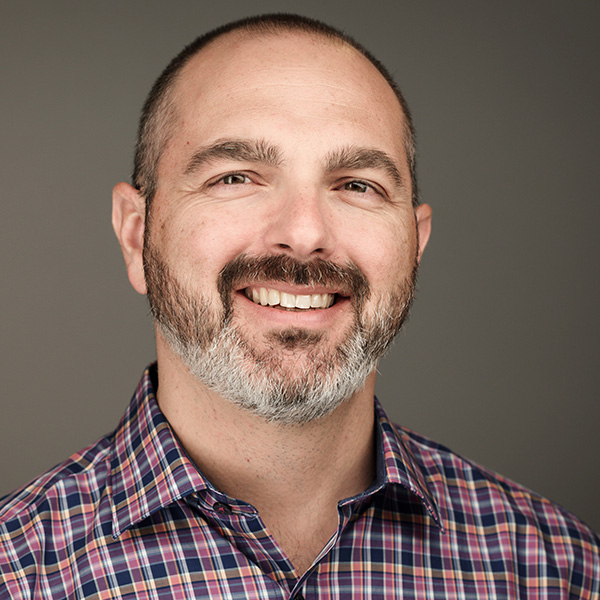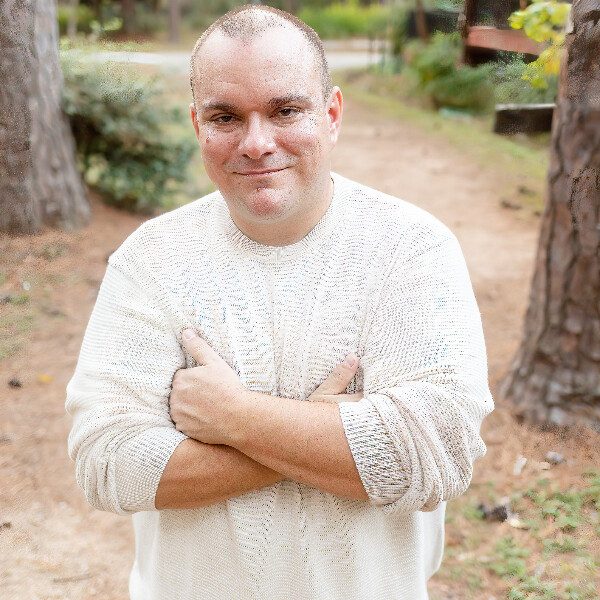Don’t Just Grow Older, Grow Closer with your Partner
Planning meaningful projects with your partner is a powerful bonding experience.
When you think of giving back, what comes to mind? For most, it is a personal endeavor involving volunteering, mentoring, and Philanthropy. If this is what you imagine for yourself, this is great! If this is what you are already doing, keep going. But don’t stop there.
The Right Side of 40 is a reader-supported publication. To receive new posts and support my work, consider becoming a free or paid subscriber.
There is another way to give back, and it can bring you and your partner emotionally closer: giving back together. Research shows that paired generativity (giving back to a significant other) may be the most beneficial for creating a solid bond and many relationships with our partner (Zinck, 2020).
Erik Erikson coined the term “generativity” as a Midlife stage when we desire to give back and care for others without expecting anything. The individualistic concept was designed for one person to pass on their skills, knowledge, help, support, values, or Philanthropy to others. It wasn’t developed with the idea that couples would engage in joint generativity.
However, a study (Zinck, 2009) revealed that for some Midlife and older couples, engaging in activities in service to their partners, family, and community transformed their relationship by infusing meaning and purpose into it. This view of generativity expanded upon the individualistic idea of giving to become a partnership of giving. The ability to partner with someone to plan out and execute giving back creates bonds that help partners connect more deeply. This is an opportunity for couples to pass on values, knowledge, skills, or finances together, leaving a pair of footprints on this world.
Some couples find Midlife and older years challenging to connect with their partner because the joint role of raising children has passed, and the individual pursuits may not match well for both. For example, while one may enjoy reading, the other partner may enjoy sports or socialize. By planning joint generative pursuits, couples can engage in a passion project that draws them closer.
Here’s how:
Planning joint generative pursuits can bring couples closer
Source: Marcus Aurelius for Pexels
Who
As a couple, take the time to determine if an organization, a person, or a project inspires you. Maybe you have a particular charity in mind that encourages you to donate and raise funds. Or, perhaps you have a community organization you feel connected with or even seek to guide the grandkids. This is legacy planning for whomever you decide to give your skills, values, expertise, or funds. It is an emotionally powerful bonding experience to determine who you will give back to.
How
Determining how the giving will take place is also a connective experience. For example, will the productive activity be through volunteering, mentorship, or Philanthropy? And in what form? Will this be hands-on, virtual, or via a check? Whatever the choice, figuring out the how is a bond-building pursuit for couples.
Where
Maybe you’ll join Habitat for Humanity, take your expertise to an organization or pass on your skills at a community center. You can even guide and inspire the grandkids at your own home. Donations can be through galas, fundraisers, and events. This might be a time to hit the event circuit with your partner or donate from the comfort of your home. These require joint decision-making and create a sense of purpose and meaning that deepens the relationship. Where you give back doesn’t matter. What matters is that you are giving back together.
Rather than just expecting to grow older with your partner, plan to grow closer. This is a time to enjoy joint activities with purpose, value, and meaning. And what better way to do so than to leave your mark on the world for the next generation than with your partner? In addition, while you inspire others, you’ll find fulfillment and purpose within yourself and your partner.
References
Zinck, K., Littrell, J. M., & Cutcliffe, J. R. (2009). Co-transformation among Midlife couples: A grounded theory study. Journal of the Texas Association of Marriage and Family Therapy, 14.
Zinck, K., & Neel, J. (2020). A Study of Generative Partnership. Adultspan Journal, 19(1), 22–38. https://doi.org/10.1002/adsp.12085
The Right Side of 40 is a reader-supported publication. To receive new posts and support my work, consider becoming a free or paid subscriber.
Originally Published on https://deborahheiserphd.substack.com/



























Already a Member? Login Here.
Not Yet a Member? Join the Conversation Today!